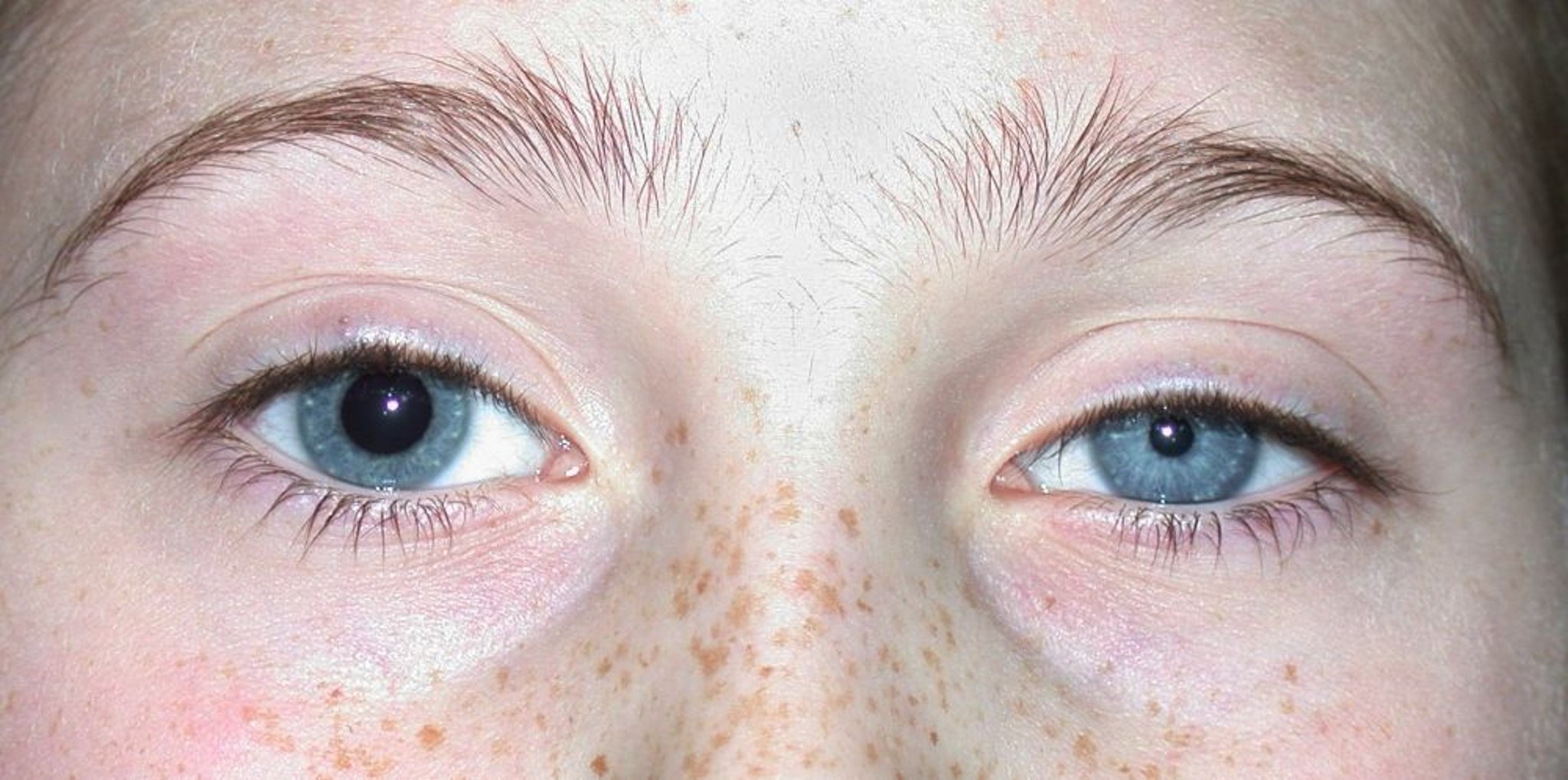© Springer Science+Business Media
Anisocoria is unequal pupil sizes. Anisocoria itself does not cause symptoms.
Etiology of Anisocoria
The most common cause of anisocoria is
Physiologic (present in about 20% of people): The difference between pupil sizes in physiologic anisocoria is typically ≤ about 1 mm.
See table Some Common Causes of Anisocoria for other causes of anisocoria.
Many disorders are accompanied by anisocoria due to iris or neurologic dysfunction but usually manifest with other, more bothersome symptoms (eg, uveitis, stroke, subarachnoid hemorrhage, acute angle-closure glaucoma).
Evaluation of Anisocoria
The goal of evaluation is to elucidate the physiologic mechanism of anisocoria. By identifying certain mechanisms (eg, Horner syndrome, third cranial nerve palsy), clinicians can diagnose the occasional serious occult disorder (eg, tumor, aneurysm) manifesting with anisocoria.
Анамнез
History of present illness includes the presence, nature, and duration of symptoms. Any history of head or ocular trauma is noted.
Review of systems seeks symptoms that may suggest a cause, such as birth defects or chromosomal abnormalities (congenital defects); droopy eyelid, cough, chest pain, or dyspnea (Horner syndrome); genital lesions, adenopathy, rashes, or fever (syphilis); and headaches or other neurologic symptoms (Horner syndrome or third cranial nerve palsy).
Past medical history includes known ocular disorders and surgeries and exposure to medications.
Фізикальне обстеження
Pupillary size and light responses should be examined in lighted and dark rooms. Accommodation and extraocular movements should be tested. Ocular structures are inspected by using a slit lamp or other magnification to identify structural abnormalities and ptosis. Other ocular symptoms are evaluated by eye examination as clinically indicated. An old photograph of the patient or the patient’s driver’s license should be examined (under magnification if possible) to see whether anisocoria (and ptosis, if applicable) was present previously.
Червоні прапорці
The following findings are of particular concern:
Ptosis
Anhidrosis
Pupils that respond more to accommodation than light
Impaired extraocular movements
Інтерпретація результатів
If the difference in size is greater in the dark, the smaller pupil is abnormal (because the pupil should dilate in the dark to let in more light). Common causes include Horner syndrome and physiologic anisocoria. An ophthalmologist can differentiate them because the small pupil in Horner syndrome does not dilate after instillation of an ocular dilating drop (eg, 10% cocaine). In physiologic anisocoria, the difference in pupil size may also be equal in light and dark.
If the difference in pupillary sizes is greater in light, the larger pupil is abnormal (because the pupil should constrict in the light to let in less light). If extraocular movements are impaired, particularly with ptosis, third cranial nerve palsy is likely. If extraocular movements are intact, an ophthalmologist can further differentiate among causes by instilling a drop of a pupillary constrictor (eg, 0.1% pilocarpine). If the large pupil constricts, the cause is probably Adie tonic pupil; if the large pupil does not constrict, the cause is probably pharmacologic or structural (eg, traumatic, surgical) damage to the iris.
Дослідження
Testing is usually unnecessary but is indicated for clinically suspected disorders. Patients with Horner syndrome or third cranial nerve palsy usually require brain MRI or CT and, with Horner syndrome, chest CT.
Treatment of Anisocoria
Treatment of anisocoria itself is unnecessary. Underlying disorders (eg, Horner syndrome) should be evaluated and treated as indicated.
Ключові моменти
Physiologic anisocoria is very common and causes < 1 mm of difference between the pupils in size; greater differences require evaluation.
Examining the pupils in light and dark and inspecting an old photograph or the driver’s license of the patient can help identify the abnormal pupil; use of pupillary dilating and constricting drops and further eye examination can provide additional diagnostic information.
Serious disorders should be considered in patients with Horner syndrome or third cranial nerve palsy.
